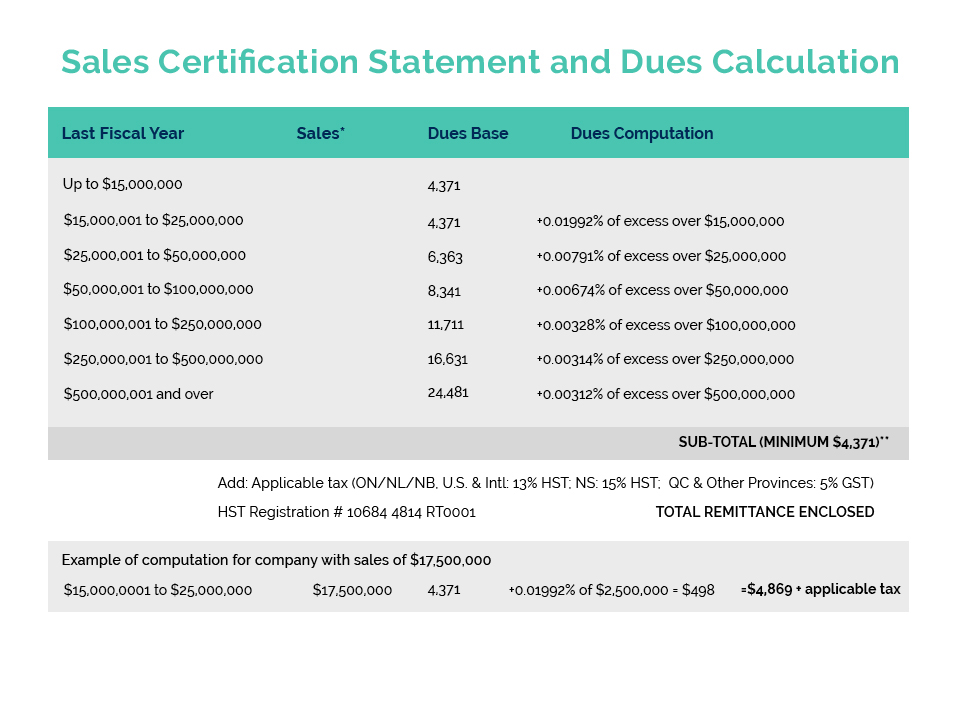NDP MP Peter Julian has introduced Private Member’s Bill C-266 – Toxic Substances Warning Label Act – that seeks to prohibit the sale, importation and advertisement of any product that contains a toxic substance or produces a toxic substance when used, unless that product has a label warning of the potential exposure to the toxic substance affixed on one or more surfaces of its packaging. The bill sets out, in lists established by the California EPA, the U.S. National Toxicology Program and the European Chemicals Agency, the toxic substances to be banned in Canada unless they are clearly labelled. The Bill, which was developed in collaboration with Toxic Free Canada, Environmental defence and Option consommateurs in Quebec is the newest push for hazard-based labelling in Canada.
The problem, of course, is that the SAFETY or RISK associated with any product is based on both HAZARD (the inherent ability of something to cause harm such as an ingredient) and EXPOSURE (route of exposure, how much and how often). Providing consumers with only the HAZARD part of the safety equation does not provide them with sufficient meaningful information.
An example from some years ago was the U.S. based Environmental Working Group holding a press conference to announce that it had found trace amounts of I-4 dioxane – a known carcinogen – in baby shampoos and to warn parents about it. Although I-4 dioxane is not an ingredient but a by-product of the manufacturing process found only in trace amounts (a few parts per million), it set off consumer concern including here in Canada. As a result, Health Canada reviewed the EWG’s data and consequently issued a public statement that to be of any health concern to a baby, you would have to “wash your baby’s hair 620 times per day”!
Needless to say, if EWG had provided this “exposure” or “contextual” information they would not likely have attracted any media attention. Context is therefore critical if consumers are to have useful information. Omitting it only serves to unnecessarily scare.
Additionally, in Canada we have “Right to Safe Products” regulatory regimes which require products to be safe for consumers when used as directed. Advocating “hazard-based” labelling without context would only serve to undermine confidence in this system.
Although Mr. Julian’s bill is currently not expected to go too far in this Parliament, your CA Team will continue to monitor it as well as use the opportunity to again remind legislators of the shortfall in what is being proposed.








